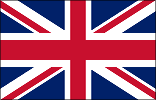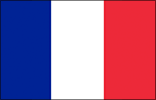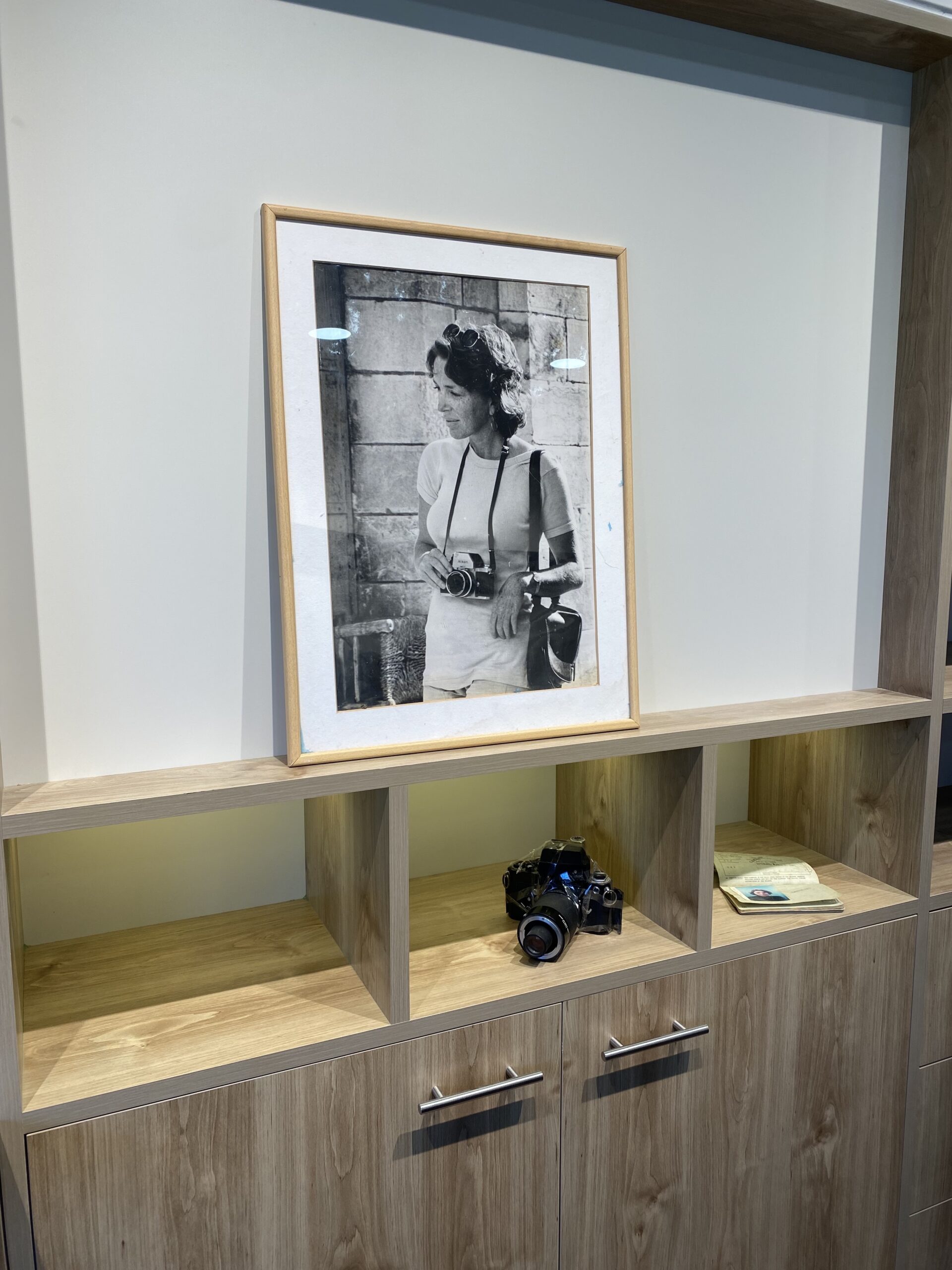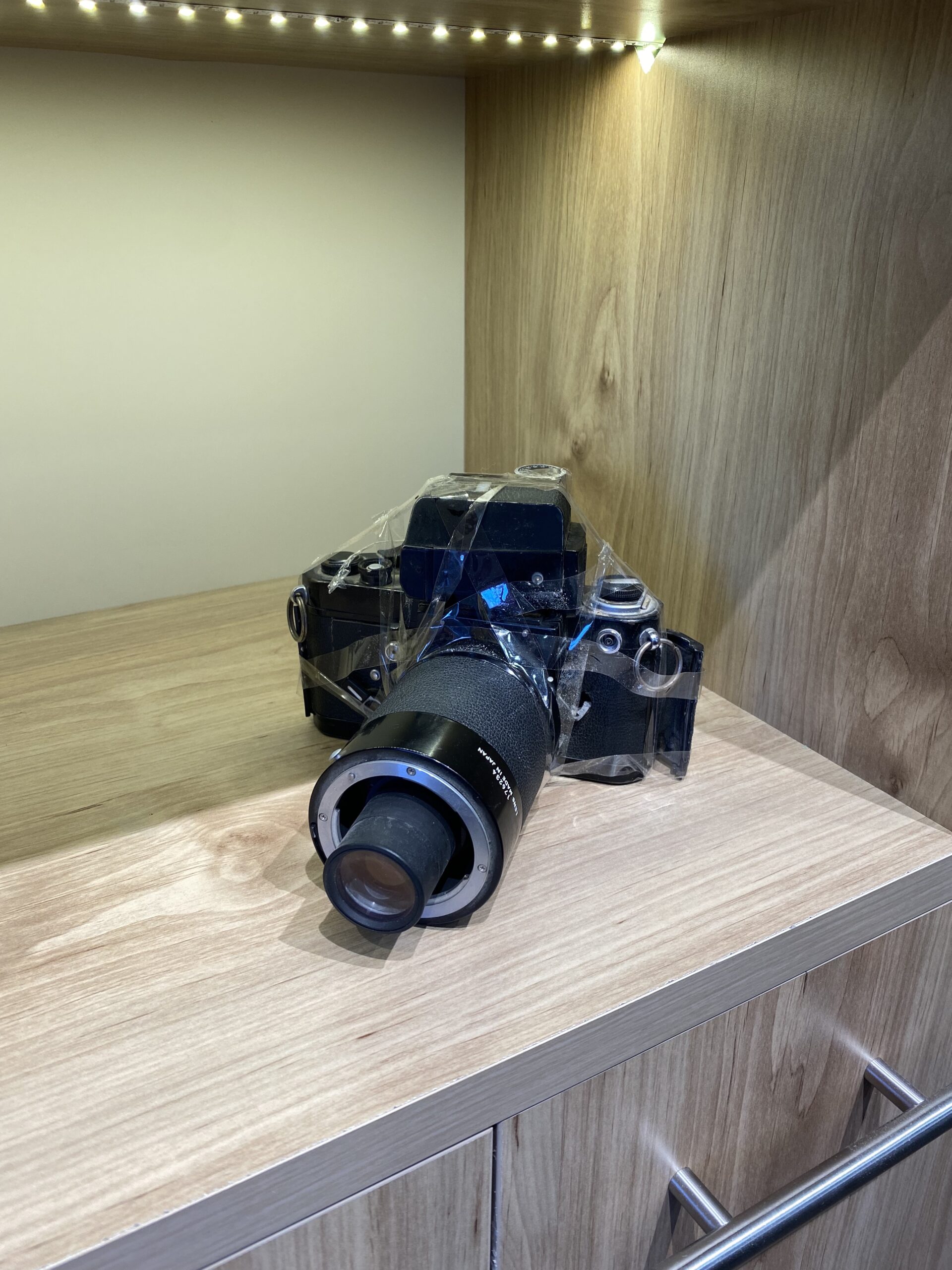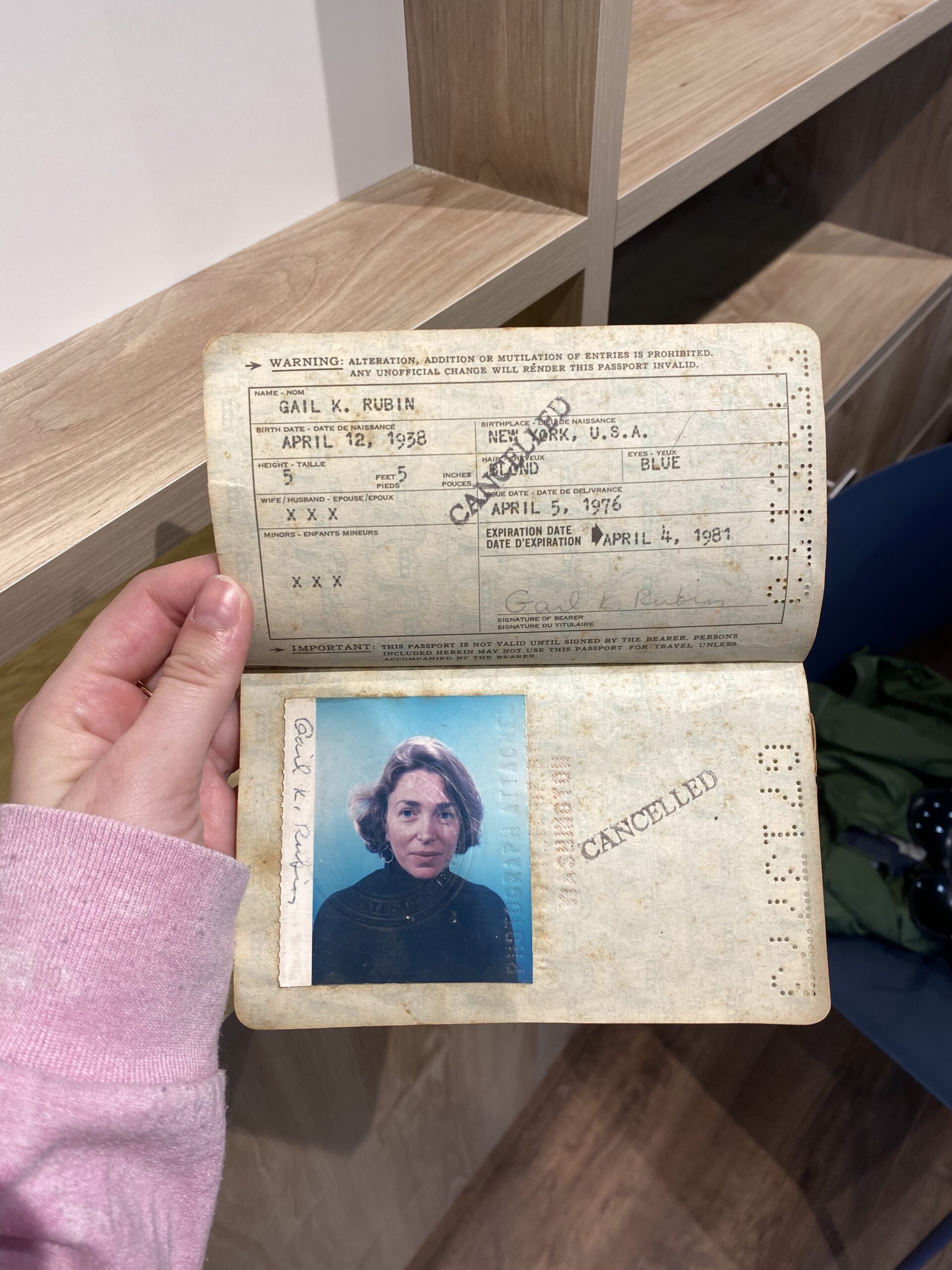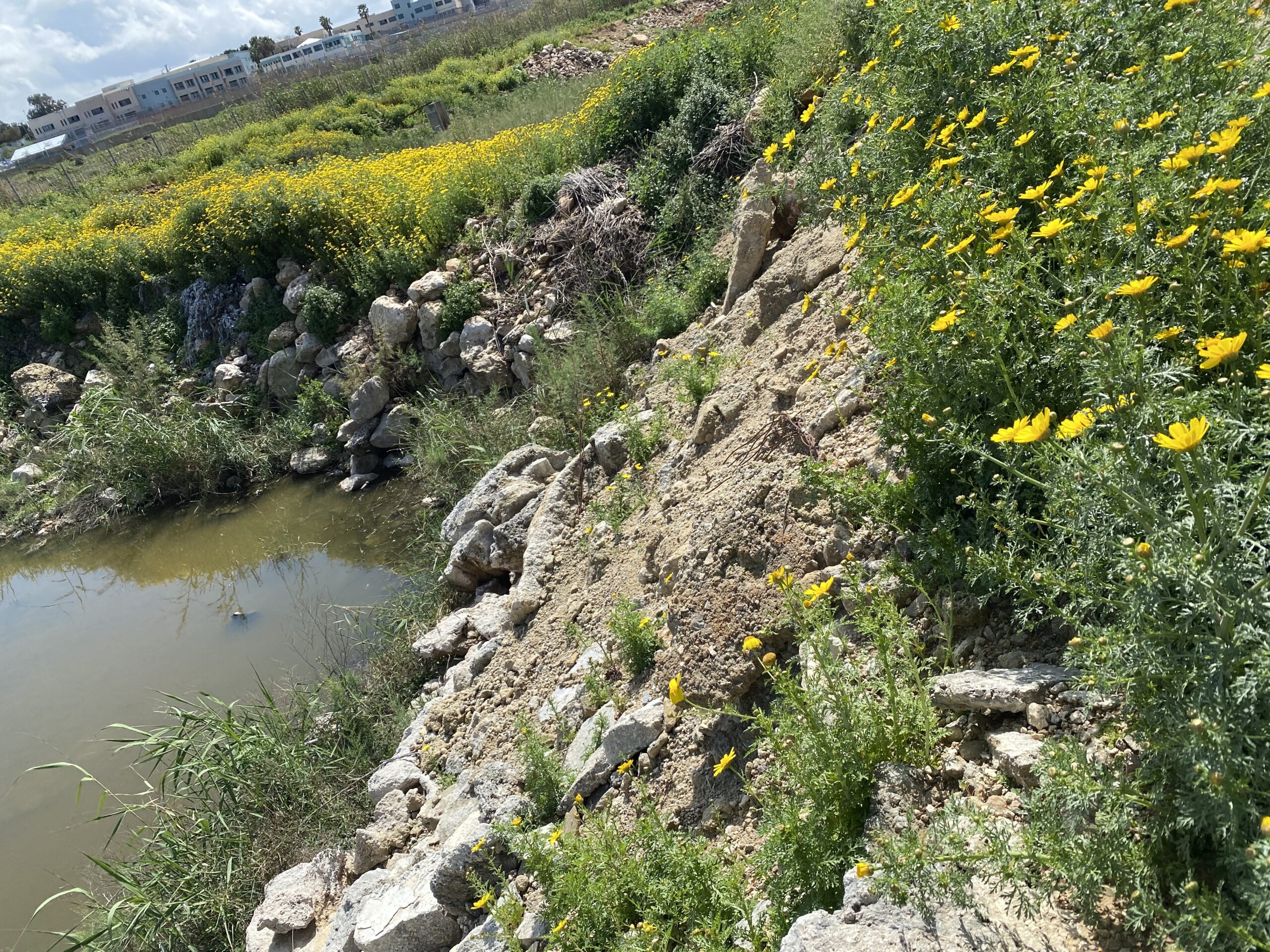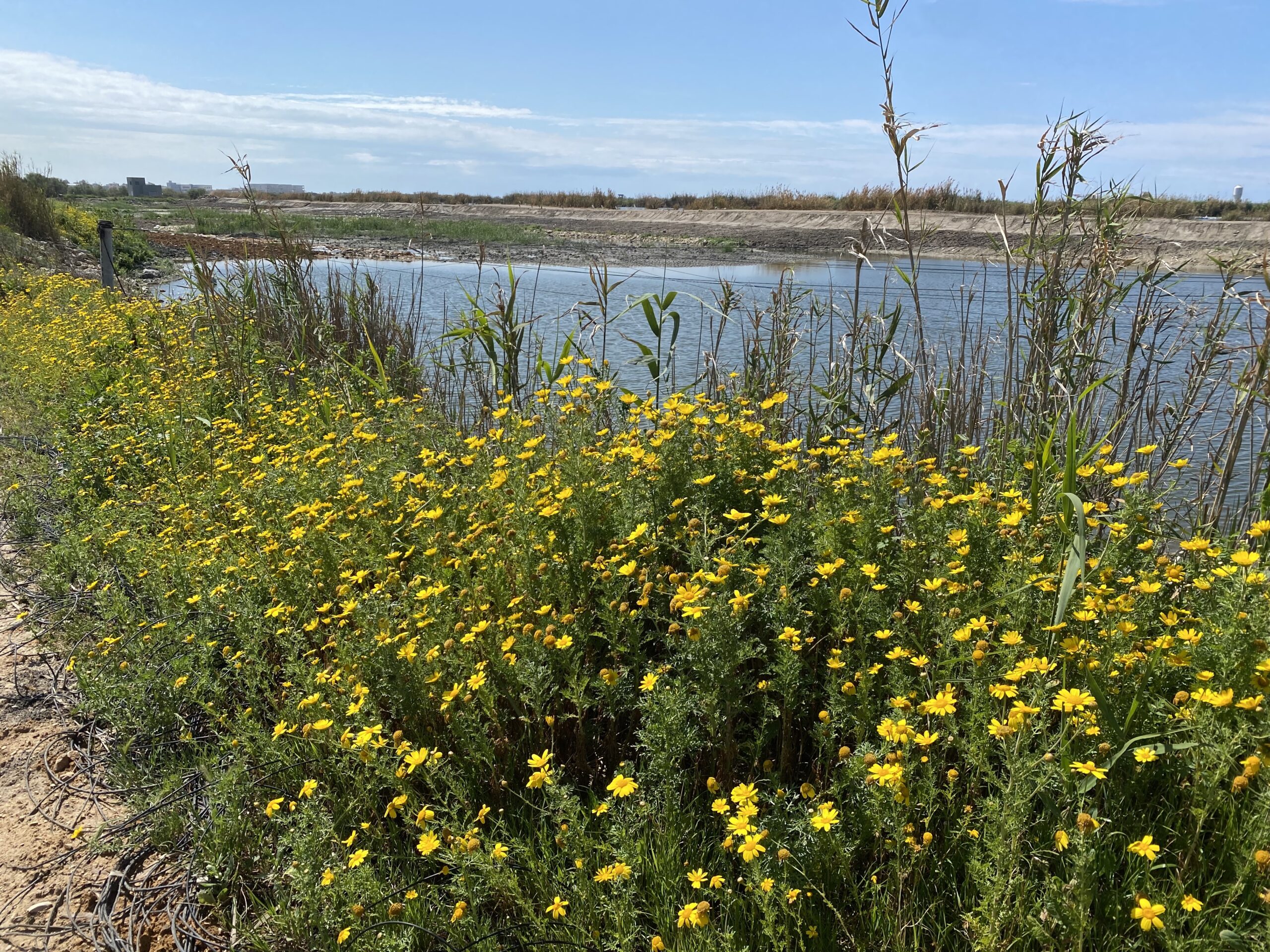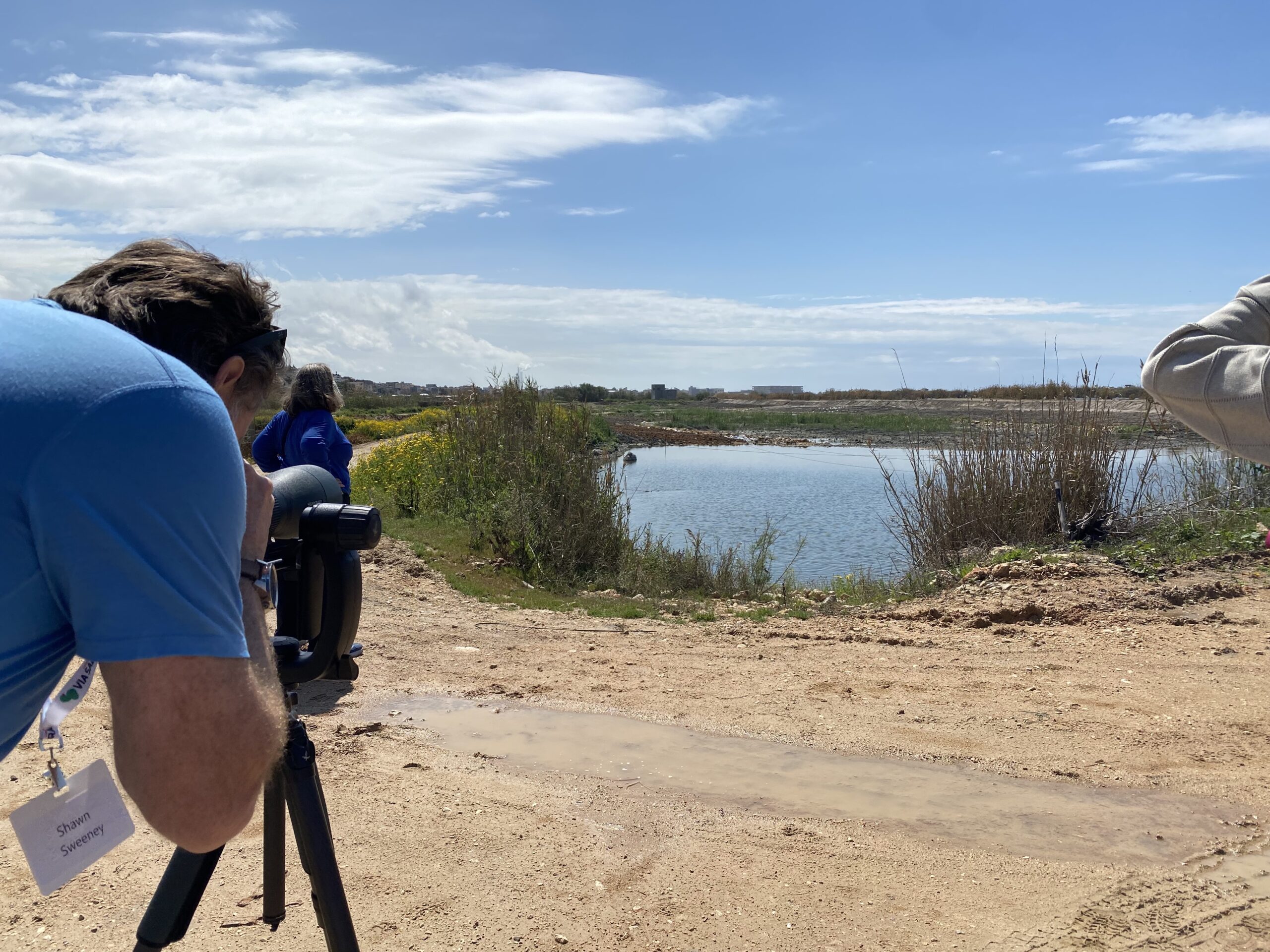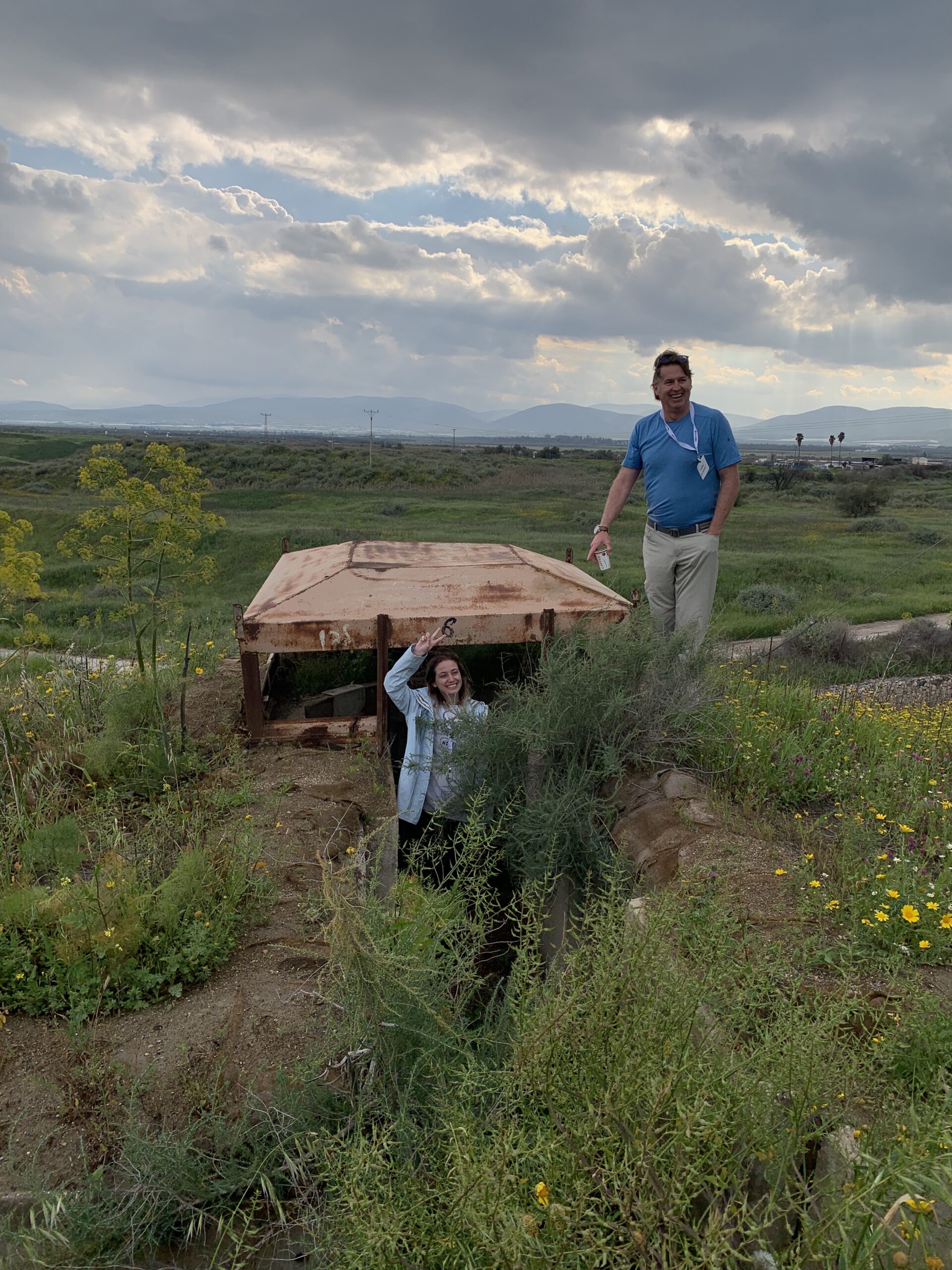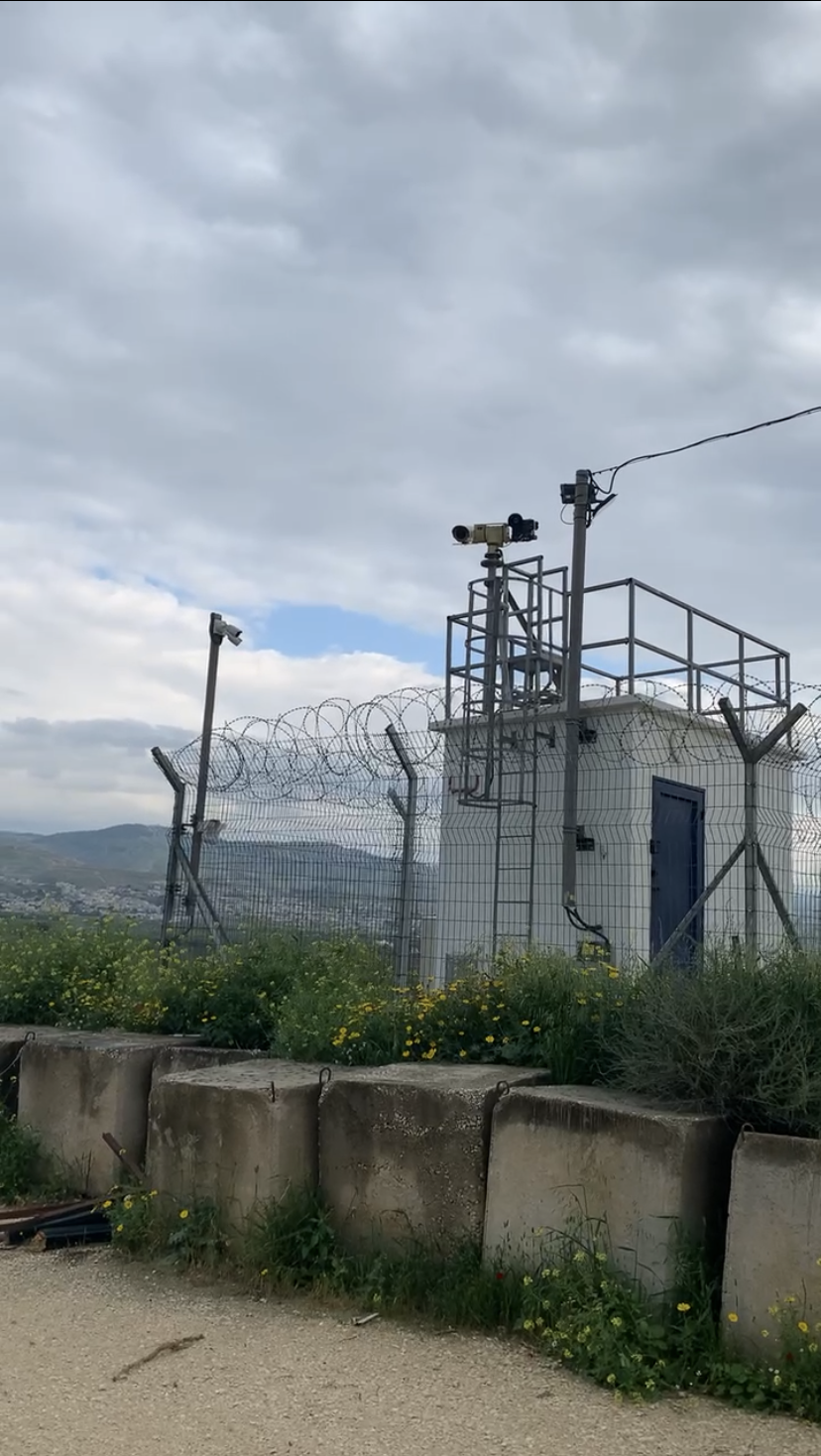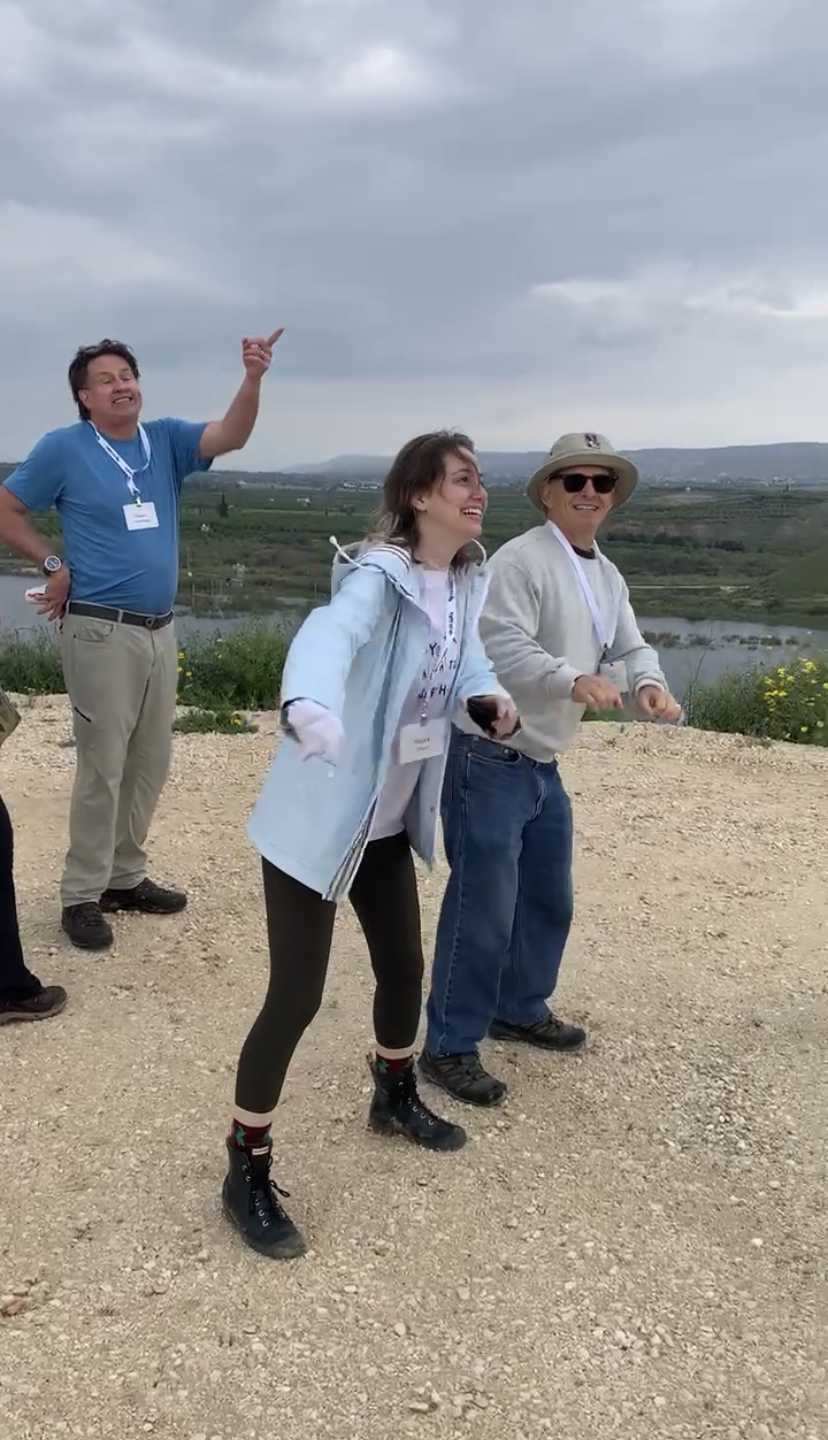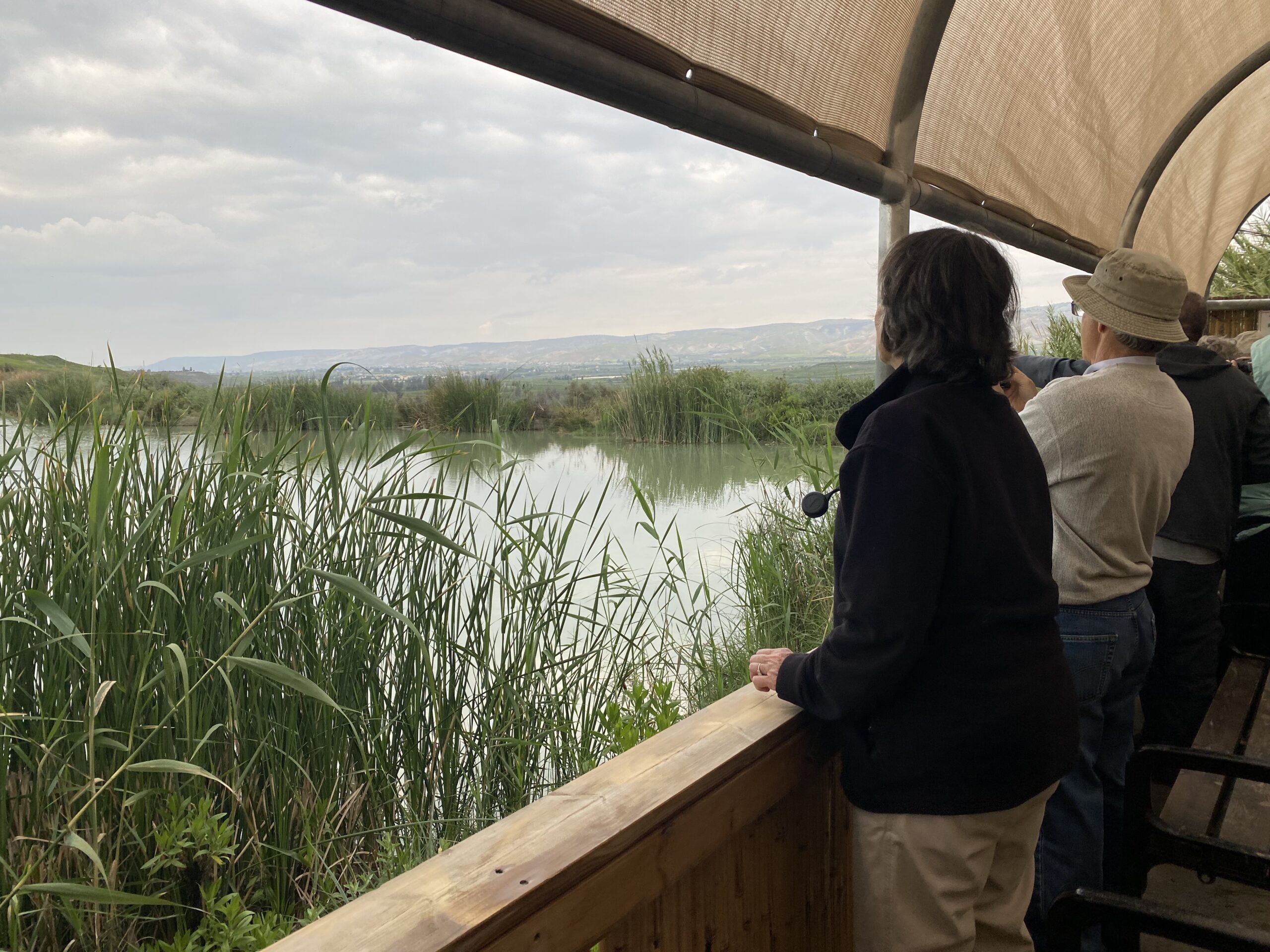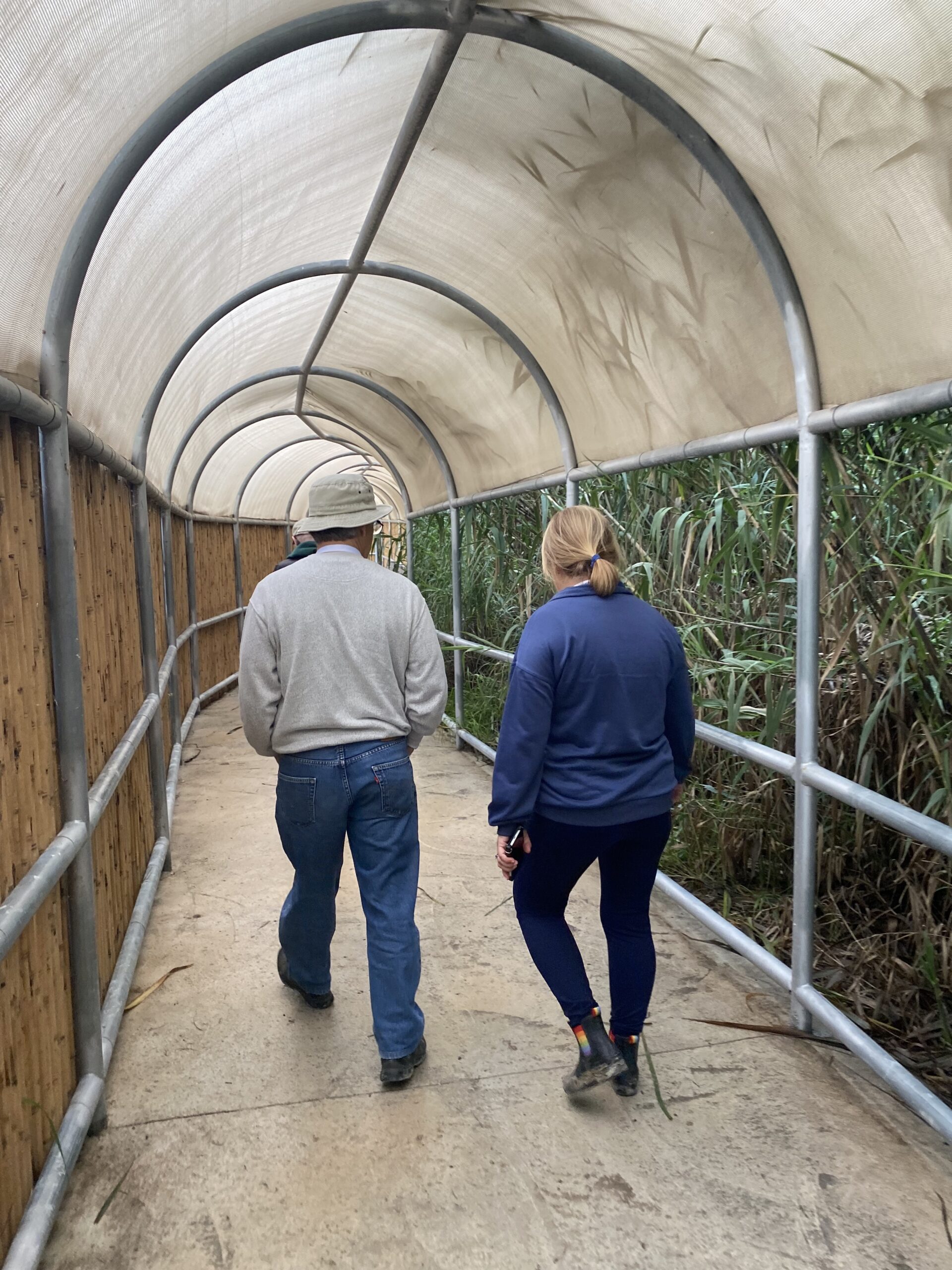
20 Mar March 20, 2023: Day 2
Start-Up Nature Rewilding Project
We started our day at Ma’agan Michael, a kibbutz on the Mediterranean coast about an hour and a half northwest of Jerusalem. Our first stop was the field school, a fresh and spacious building with an ideal atmosphere to foster learning and research. Gershon Peleg, the former CEO and Chairman of SPNI and a current resident of Ma’agan Michael, was there to greet us and offered us hot tea and coffee to sip on while we discovered the history of this wonderful space.
The field school at Ma’agan Michael was dedicated to Gail Rubin, a freelance nature photographer that worked with the New York Times. Gail soon wanted to escape the world of journalism, and ran to Israel to photograph nature. She travelled all over the country, and stationed at various SPNI field schools. In 1978, Gail was approached and shot by Palestinian militants while photographing birds at Ma’agan Michael. She was the first victim of the Coastal Road massacre, a tragedy that took the lives of 38 Israeli civilians. Gail is memorialized in the field school through her portrait, her camera that she was holding when she was shot, her passport, and a book of her photographs.
Outside of the field school, Dan told me he was able to hear 5 or 6 different species of birds singing. He showed me two Bulbuls, and said, “It is beautiful to see them interact as a couple. They are a very romantic bird.” We then relocated to Start-Up Nature’s work in progress: fish farms in Ma’agan Michael that Dan Alon and his team were in the process of rewilding back into natural wetlands. Dan acknowledged the steep, rocky banks of the fish ponds, describing the smoothing and shallowing process the land would be going through in the next three months.
“Start-Up Nature is taking what used to be a factory of fish and making it proper nature,”
Dan Alon said, adding that the ponds would be completed by October, and we would have to come back to see them when the site is fully launched. We walked along the banks of these ponds in the sunny weather, feeling the breeze as Dan pointed out various birds that had migrated to the area, including Reed Warblers, Pygmies and Moorhens.
All along the path were Garland Dasies, Mallows, and Milk Thistles. You could feel the abundance of potential in this place, the readiness of the environment to reclaim the region. VP of Nature Israel’s board, Shawn Sweeney, was moved as he realized, “this is just the start.”
Treasures of the Jordan Valley
We got off the bus on the border of Jordan, at the base of a small hill. It was especially quiet here, except for a few bird songs and Muslim call to prayers drifting through the breeze. Yoav Perlman guided us up the hill, informing us that this was one of the most remote places in all of Israel. At the top of the hill, we looked down on a magnificent, serene wetland. Yoav explained that all of the water here was natural water, coming from a stream that runs through the center of a date plantation into the reservoir. “We started managing this site two years ago as a pilot project,” Yoav shared,

“Only two weeks after we reflooded the reservoir, the vegetation started flourishing, and birds and other wildlife began seeing it and returning to the area.”
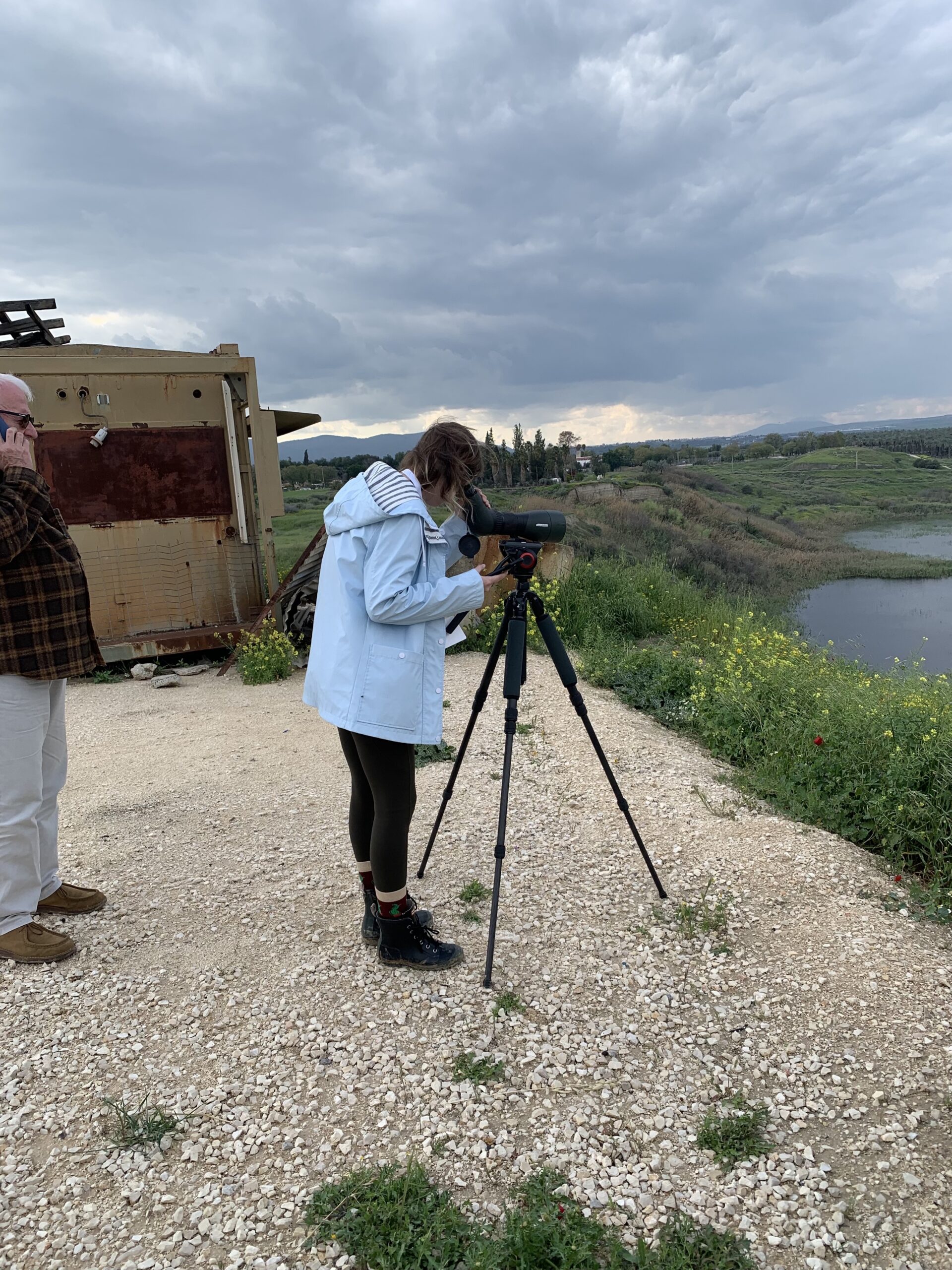
As Yoav spoke, we looked through his telescope at a flock of Garganey ducks swimming in the pond. Yoav explained that they had recently simulated mud islands in the pool with accumulated reeds. “The birds love the mud because it has all the food they like,” he continued, “African Swamphens, very secretive birds, live in a clump of reeds here”
Yoav tilted the telescope one last time to focus on the site’s resident Osprey, a fish eating Eagle, that regularly sat on top of a rod in one corner of the pond. “So many of our fish ponds are sitting on natural springs,” Yoav noted, “it is our job to return water to nature.”
Yoav introduced the cross border restoration project he was working on with General Mansour abu Rashid, a retired Jordanian general and chairman of the Amman Center for Peace and Development. “We are working together to restore the adjacent agricultural land to become a well-vegetated wetland,” Yoav stated, “when the Jordanian River floods, this area would flood, and feed the reservoir.” He added that he was also working with the nearby kibbutz to try to find a way to manage their factory fish farms as well.
We explored the trenches around the hill a bit more, and noticed a camera atop a tall structure 8 feet away from us that had been following our movements. We started dancing, and the camera danced back, rotating back and forth at us. It felt like whoever was behind the camera was celebrating with us, commemorating the great victory of the renewed wetland.
To wrap up the day, we went to see one last wetland. We walked through a tunnel to get to the bird blind, and Shawn Sweeney joked that it felt like a tiger could attack from the brush at any given moment. Once we arrived at the blind, we saw lots of Kingfishers diving for dinner and heard Levantine Water Frogs’ mating calls. One participant, Mary Lewis, shared that she felt like she was peeking into another world. “It feels like a fairy tale,” she said, “like we should hush and listen because there was something grander happening out there,
“a bigger cycle of life, and nothing we could talk about would be nearly as important as the environment we were witnessing.”
Yoav told us that this site isn’t only for birds, in the summer it is filled with butterflies and dragonflies, and since it is open to the public, lots of people visit on weekends and holidays. Acknowledging the seasonal changes this reservoir cycles through, Yoav told us that he thought spring was the most beautiful time to be here because everything was so lush and flowered.

